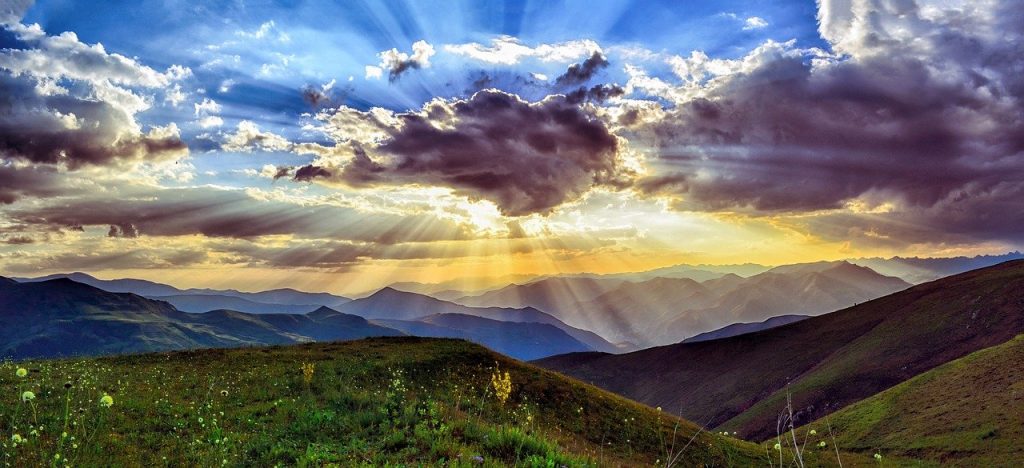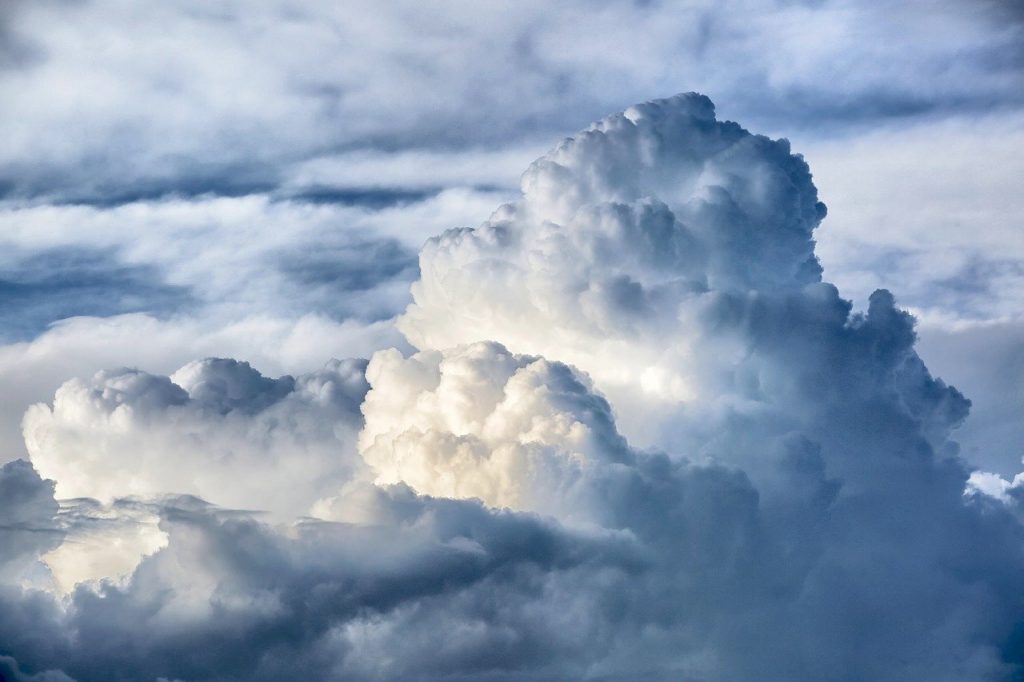A cloudy day can be a great day for photography. A partly cloudy springtime day is a fantastic opportunity for cloud photography and creating truly compelling images as we transition from winter to summer.
A photo taken in the early evening with a deep blue sky and bright flaming orange clouds simply cannot be beaten. Dramatic cloud formations can be a significant compositional element in your photographs, adding contrast and vibrancy.
Photography on a Cloudy Day

Everyone enjoys a lovely, clear, and sunny day. However, direct sunlight and harsh shadows cast by the sun can sometimes produce unflattering images. Some landscape photos can look a little boring without clouds, forcing photographers to rely on other composition elements.
Regardless of how well you plan, there is no guarantee that you will get awesome cloud formations and just the right light to create memorable images. Following weather forecasts could provide you with insight into potential cloud formations.
Unfortunately, there is no way to predict cloud movement or how light will pass through clouds. It only takes a little forethought and a little luck to take great photos on a cloudy day. But don’t give up if it doesn’t work out. Be patient and continue to try.
Nature will eventually reward you for your efforts, and you will end up with some stunning photographs. Unfortunately, not all cloudy days are conducive to photography. Gray, overcast days with no features or shape to the clouds can be quite boring. However, days like these may produce ideal lighting for photographing flowers.
Timing

Everything begins with being in the right place at the right time. You must position yourself with your camera at the crack of dawn if you want to capture morning clouds at sunrise. To photograph a beautiful sunset, on the other hand, you must be patient and wait until sundown, and often much later.
Sometimes the best times to photograph clouds are before, during, and after sunrise, before, during, and after sunset, before, during, and after a storm, and sometimes just after a storm.
Composition
Point your lens up if the sky is cloudy. Using the Rule of Thirds as a guide, compose your shot so that the sky fills the upper two-thirds of the frame. Use the clouds as your main subject and foreground of an ocean, lake, valley floor, hills, or mountain range.

High Contrast
The sky is usually several stops brighter than your foreground. The contrast between the sky and your foreground can be quite large (up to 5 stops). If you expose for the mountains, for example, the sky will be blown out and overexposed.
However, exposure to the sky can result in a nice mountain silhouette. A Graduated Neutral Density Filter is used by experienced photographers. These filters darken specific areas of an image, such as bright skies, while leaving the rest of the image exposed normally.
Note: If you want to make some adjustments to the photo just let me know. I can do it for you at a very low cost. You can hire me to edit your photo.
LATEST POST
- What is Midjourney
 Discover the capabilities of Midjourney AI, learn how to effectively utilize the platform, and explore the advantages and disadvantages of the Midjourney AI image generator across its different pricing options.
Discover the capabilities of Midjourney AI, learn how to effectively utilize the platform, and explore the advantages and disadvantages of the Midjourney AI image generator across its different pricing options. - Brand identity elements
 In the vast marketing universe, imagery is pivotal in establishing and nurturing a brand’s identity. A brand’s visual choices are not merely aesthetic decisions but strategic moves that can significantly influence perception and performance. This Picfixs article explores the intricacies of selecting imagery that complements and enhances a brand’s essence, ensuring it resonates with the… Read more: Brand identity elements
In the vast marketing universe, imagery is pivotal in establishing and nurturing a brand’s identity. A brand’s visual choices are not merely aesthetic decisions but strategic moves that can significantly influence perception and performance. This Picfixs article explores the intricacies of selecting imagery that complements and enhances a brand’s essence, ensuring it resonates with the… Read more: Brand identity elements - 100 Best Mountain Captions and Mountain Quotes for Instagram
 Ready to scale new social media heights? Look no further than this treasure trove of 100 exhilarating captions and quotes, handpicked for your Instagram mountain posts!
Ready to scale new social media heights? Look no further than this treasure trove of 100 exhilarating captions and quotes, handpicked for your Instagram mountain posts! - Symmetry in Photography: A Creative Approach with Examples
 Delve into the enchanting realm of symmetry in photography as we showcase mesmerizing examples on our website. Experience the allure of perfectly mirrored images!
Delve into the enchanting realm of symmetry in photography as we showcase mesmerizing examples on our website. Experience the allure of perfectly mirrored images! - 11 Quarantine Photoshoot Ideas to Try at Home for Amazing Photos
 Looking for unique photoshoot ideas during quarantine? Explore the 11 creative suggestions that will help you capture unforgettable moments at home.
Looking for unique photoshoot ideas during quarantine? Explore the 11 creative suggestions that will help you capture unforgettable moments at home.


